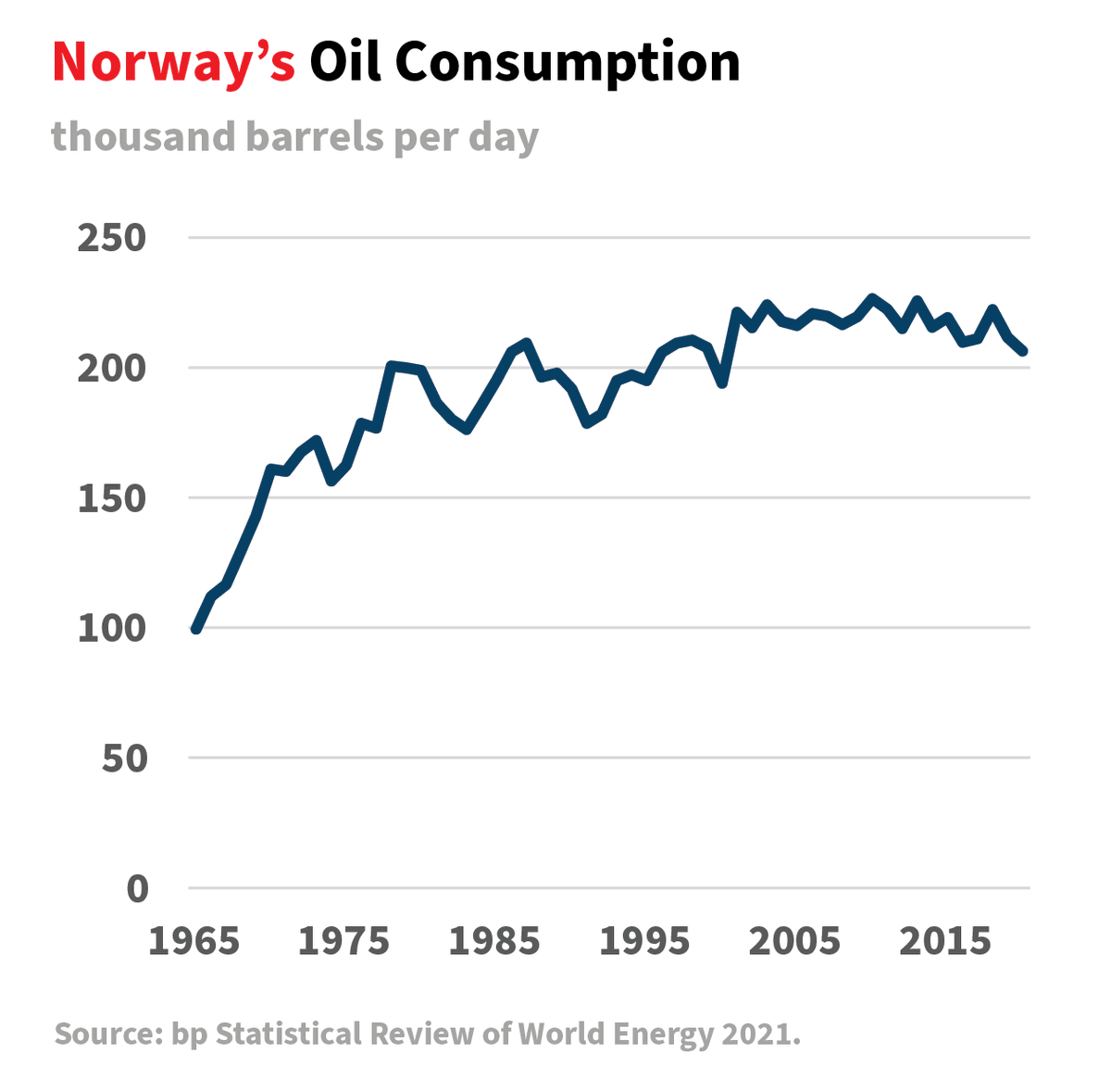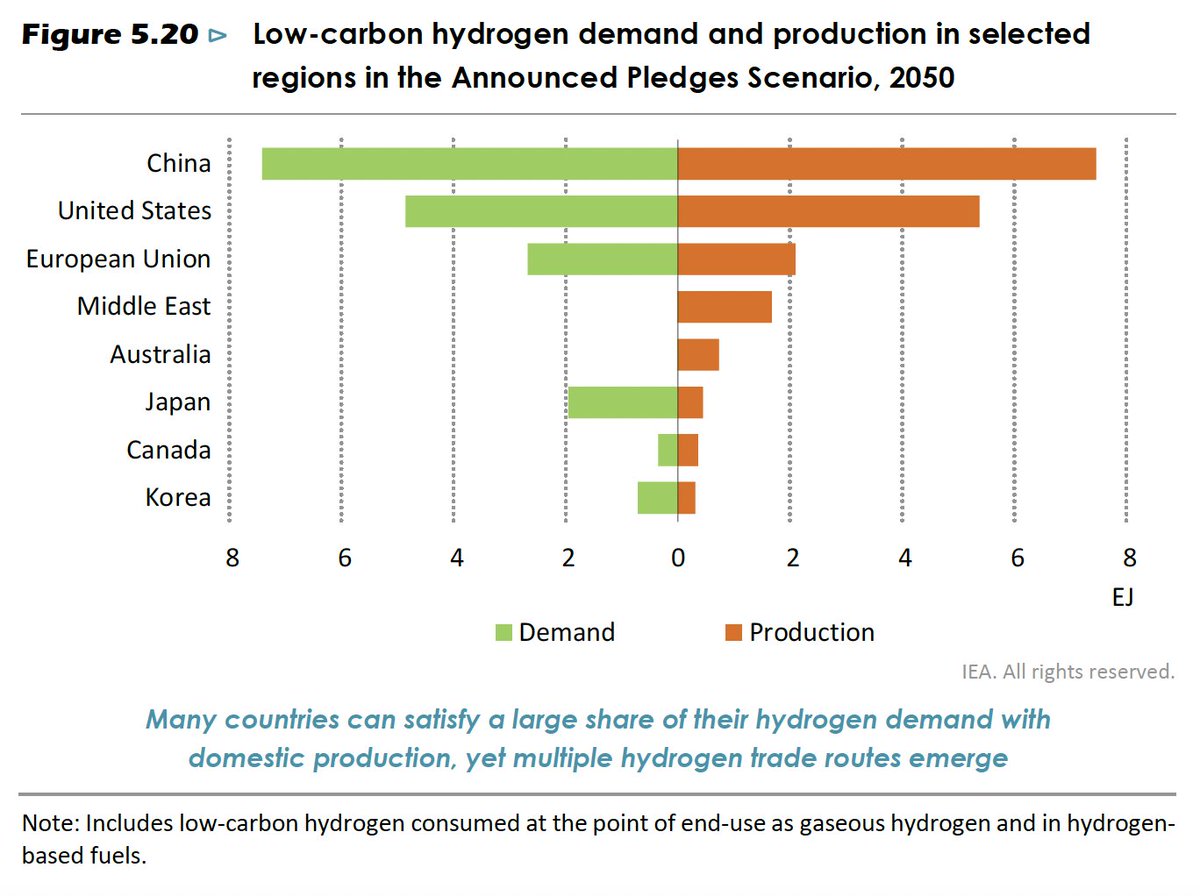
Lots of discussions these past few days about what happens to European energy (gas) in the event of a conflict in Ukraine. I've been writing and tweeting about this in various places. Here is a thread consolidating those points.
Ukraine in 2022 is not the same as Ukraine in 2006 or 2009. Gas transit is down 70 percent versus 1998. At this moment, gas through Ukraine goes to only a few countries. The affected area is much smaller than in the past.
Read also: csis.org/analysis/can-e…

Read also: csis.org/analysis/can-e…


Can Europe access more LNG? Yes. But it has to bid it away from other markets since there is little production upside. Where? The U.S., Africa, some South America, but mostly Qatar. There are limits to this reshuffle. But in the past Qatar has sent ~3 mmt per month to Europe. 

Does Europe have the capacity to import more LNG? Sort of. 30 percent of Europe's LNG capacity is in Spain, which is not much use for this crisis. About a fifth in the U.K. You need to move this gas around and that's not going to be easy.
Can Europe fully replace Russian imports with LNG? No. Russia sent about 180 bcm to Europe last year. At its peak, Europe imported 120 bcm in one year. This January we might see a new high at ~12 mmtons (16 bcm). Europe will need to do more than import LNG.
So much depends on what conflict we're talking about. A short-term interruption of flows through Ukraine is different than a wholesale, Continent-wide cut off in gas. But if you assume the latter, you have to also assume the conflict itself is major. And that changes things. Fin.
• • •
Missing some Tweet in this thread? You can try to
force a refresh











